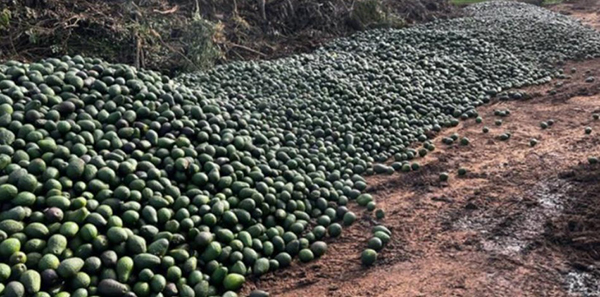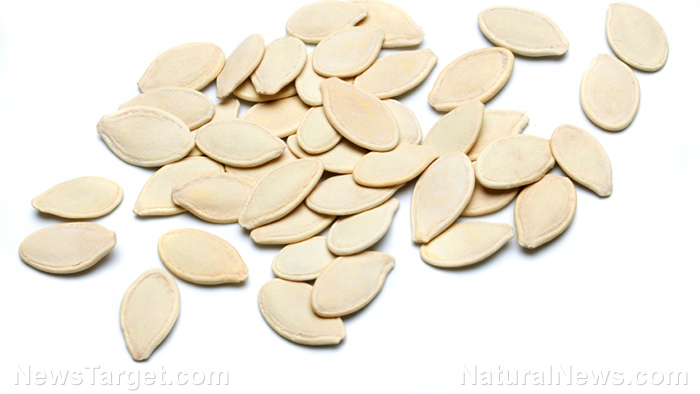Spirulina helps protect your liver and prevent diabetes – study
05/14/2019 / By Michelle Simmons

Diabetes is a chronic disease that has become an epidemic around the world. Many people with diabetes are treated with antidiabetic drugs that come with harmful side effects. For this reason, scientists continue to search for safer and natural alternatives to treat diabetes. Researchers from the University of Sfax in Tunisia and the University of Western Brittany in France discovered that spirulina – scientifically known as Arthrospira Platensis – is beneficial to people with diabetes.
Spirulina is a blue-green alga that is considered a superfood because of its rich nutritional content and health benefits. It is available in powder form, which can be added to smoothies, salads, or soups, or in tablet form, which can be taken as a dietary supplement.
The researchers carried out a study using diabetic rats to examine the liver-protective, blood sugar-lowering, and antidiabetic effect of spirulina. They hypothesized that supplementation with spirulina could help treat diabetes and reduce its complications. To test their hypothesis, the researchers first treated rats with alloxan to induce diabetes. Then, they either fed the rats with a 5 percent spirulina-enriched diet or treated them with insulin every day for 21 days.
The results of the study revealed that both spirulina and insulin treatments caused a significant reduction in fasting blood sugar and an increase in glycogen level. Treatment with spirulina also caused weight loss and improved liver toxicity indices. In addition, it reduced the levels of low-density lipoprotein (LDL) or bad cholesterol, total cholesterol, and triglycerides in rats. Moreover, spirulina supplementation increased antioxidant activities in the liver. These results suggest that supplementation with spirulina reduces blood sugar levels and oxidative stress in rats with diabetes. Spirulina also proved more effective than insulin.
The researchers concluded that taking spirulina as a supplement is a safe and effective way to treat diabetes and prevent other health problems associated with diabetes. The study was published in the journal Nutrition Research.
Spirulina for better blood sugar management and cardiovascular disease prevention
An earlier study conducted by researchers from The Maharaja Sayajirao University of Baroda in India also found evidence that spirulina helps people with Type 2 diabetes control their blood sugar levels better and improve their cholesterol levels.
For their study, the Indian researchers recruited 25 individuals with Type 2 diabetes. They then randomly divided the participants into two groups: a treatment group and a control group. The treatment group received two grams (g) of spirulina every day for two months, while the control group received a placebo. The researchers also measured the participants’ blood sugar levels, hemoglobin A1c (HbA1c) levels, and lipid profiles before and after the treatment.
The results showed that the participants who took spirulina supplements exhibited lower fasting blood sugar and postprandial blood sugar levels compared with those who received a placebo. They also had reduced HbA1c levels, which suggests improved blood sugar regulation.
Supplementation with spirulina also resulted in reductions in the levels of triglycerides, total cholesterol, and LDL. At the same time, it increased the levels of high-density lipoprotein (HDL) or good cholesterol. All of these factors contribute to the prevention of cardiovascular disease.
Based on these findings, it can be concluded that spirulina benefits people with Type 2 diabetes as it can help control blood sugar levels and improve cholesterol levels. (Related: Study touts spirulina as functional food for diabetes management.)
Learn how to beat diabetes with natural treatments at DiabetesCure.news.
Sources include:
Submit a correction >>
Tagged Under:
#nutrition, alternative medicine, cholesterol, diabetes, food cures, food is medicine, food science, functional food, heart health, herbal medicine, Herbs, hyperglycemia, insulin, insulin treatment, liver damage, liver health, natural cures, natural medicine, prevention, remedies, research, spirulina, supplements
This article may contain statements that reflect the opinion of the author
RECENT NEWS & ARTICLES
COPYRIGHT © 2017 FOOD SCIENCE NEWS



















